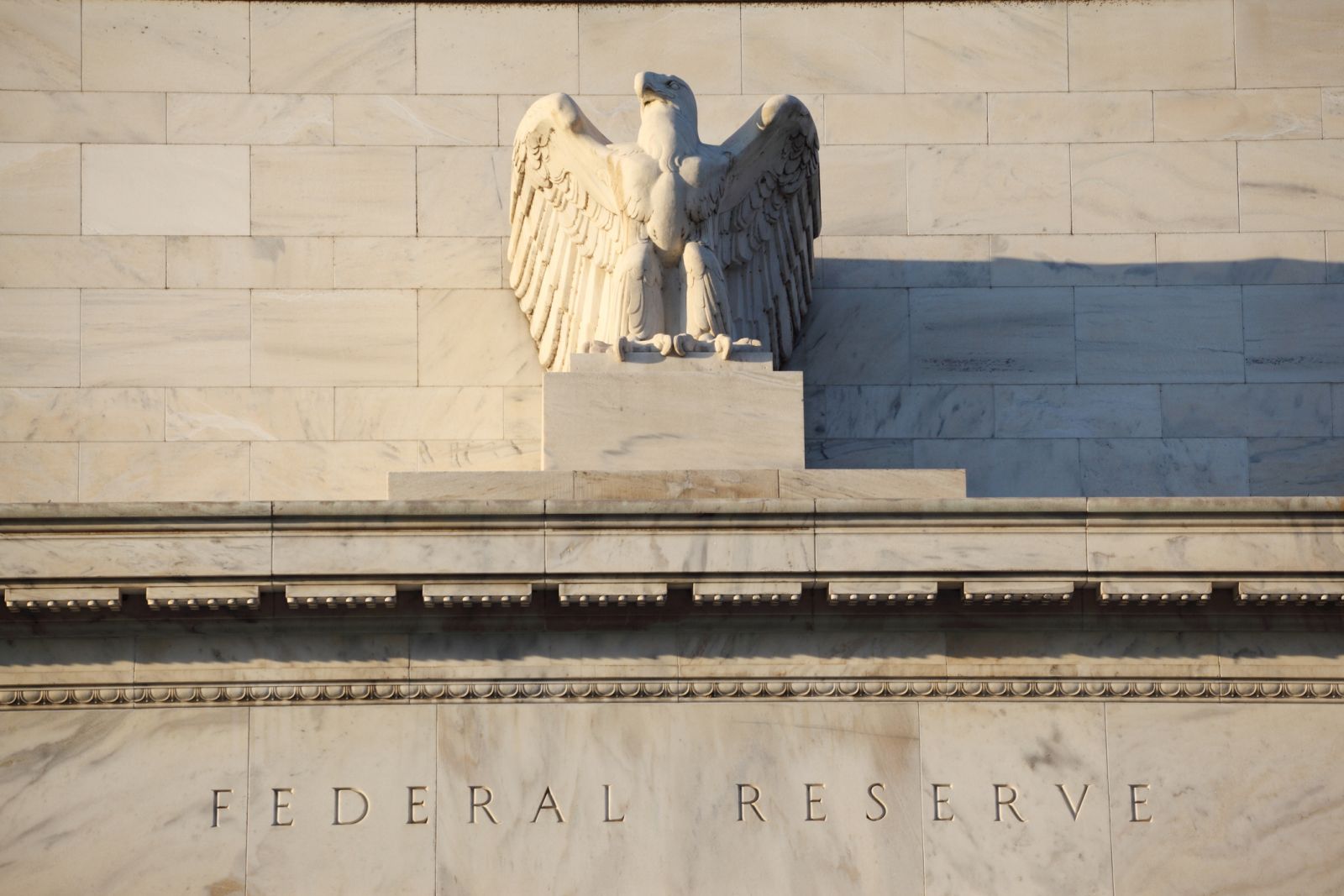
Today’s weaker-than-expected U.S. unemployment provided strong support for this week’s theme that the Fed’s rate-hike regime is likely over.
Oct U.S. payrolls rose by +150,000, weaker than expectations of +180,000, and Sep payrolls were revised lower to +297,000 from +336,000. Also, the Oct U.S. unemployment rate rose by +0.1 points to a 1-3/4 year high of 3.9%, which showed a slightly weaker labor market than expectations for an unchanged rate of 3.8%.
The 10-year T-note yield today fell by another -12 bp to 4.54%, adding to the combined -28 bp plunge seen on Wednesday and Thursday. The 10-year T-note yield has now plunged by nearly one-half percentage point from 16-year high of 5.02% posted on October 23.
Today’s unemployment report may have been the nail in the coffin for another Fed rate hike. The markets are now discounting only a 5% chance for a +25 bp rate hike at the next FOMC meeting on Dec 12-13, and a 10% chance for that rate hike at the following meeting on Jan 30-31. On the other side of the coin, that means that the markets are now discounting a 90% chance that the Fed’s rate-hike regime is over.
Fed Chair Powell, at his post-meeting press conference on Wednesday, tried to maintain the Fed’s tightening bias stance by saying, “We are attentive to recent data showing the resilience of economic growth and demand for labor…. Evidence of growth persistently above potential, or the tightness in the labor market is no longer easing, could put further progress on inflation at risk and could warrant further tightening of monetary policy.” He also said that the FOMC is “not confident” that rates are sufficiently restrictive yet.
However, the market focused mainly on several dovish comments made by Mr. Powell, such as, "Given how far we have come, along with the uncertainties and risks we face, the FOMC is proceeding carefully." Mr. Powell also acknowledged that tighter “financial” conditions and the rise in long-term Treasury yields are “likely to weigh on economic activity.” Lastly, he noted that the “efficacy” of the September dot-plot, which forecasts one more rate hike, probably “decays” as time goes on.
The key to whether the Fed’s rate hikes are over depends on whether the U.S. economy weakens over the next several quarters as much as the market expects. The markets are expecting the U.S. economy to slow sharply from the sizzling pace of +4.9% (q/q annualized) seen in Q3. The consensus is for U.S. GDP growth of only +0.8% (q/q annualized) in Q4, +0.3% in Q1-2024, and +0.6% in Q2-2024. That means the markets expect the U.S. economy to barely avoid a recession over the next several quarters.
Any fresh signs of impending weakness in the U.S. economy will cement market ideas that the Fed’s rate-hike regime is over. U.S. inflation currently remains well above target, with the Sep PCE deflator at +3.4% y/y and the core deflator at +3.7% y/y. However, if U.S. economic growth slows as much as the markets expect, then inflation could come down fairly quickly, thus giving the Fed the latitude to cut interest rates by mid-2024.
On the date of publication, Rich Asplund did not have (either directly or indirectly) positions in any of the securities mentioned in this article. All information and data in this article is solely for informational purposes. For more information please view the Barchart Disclosure Policy here.






